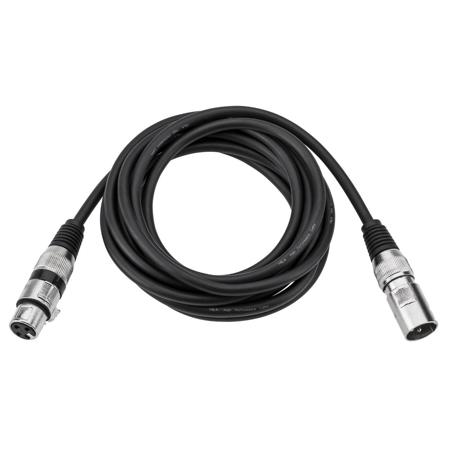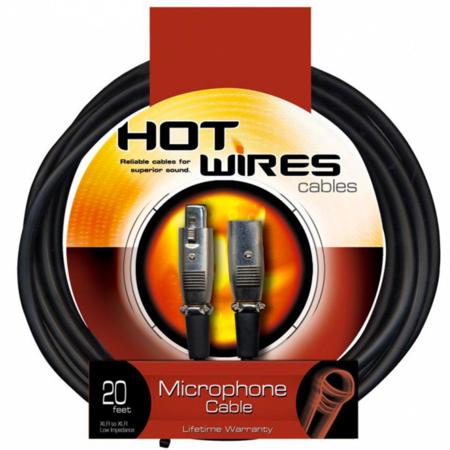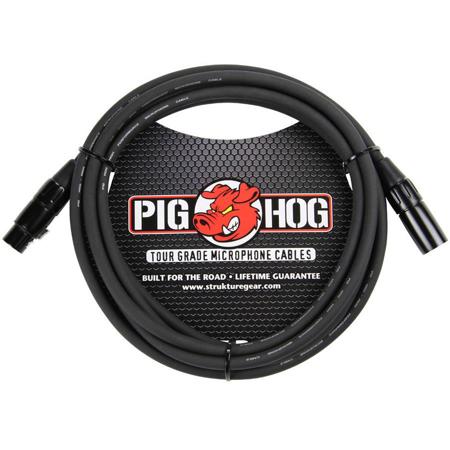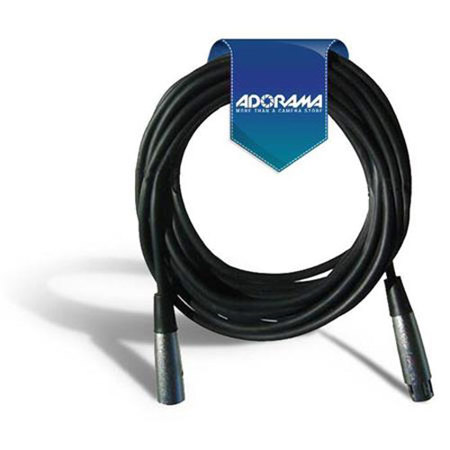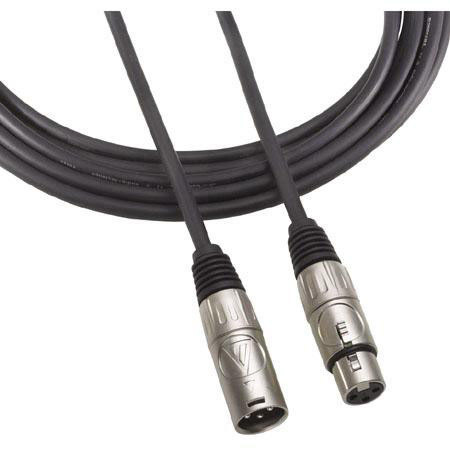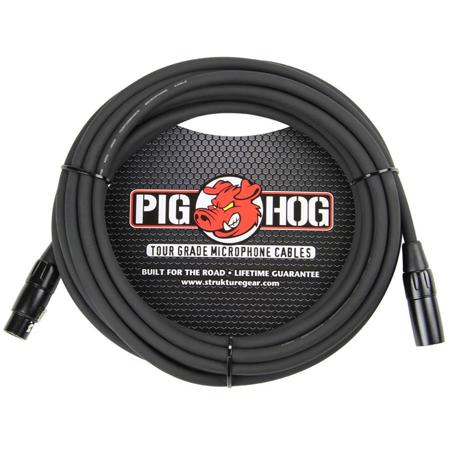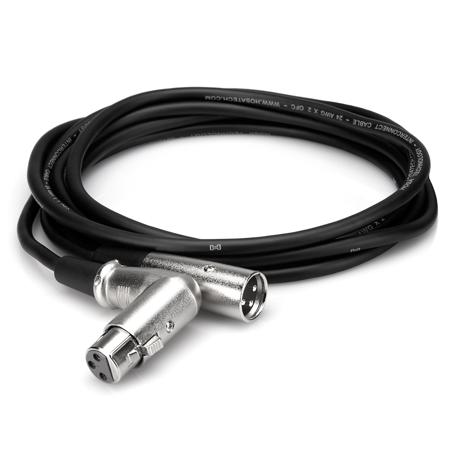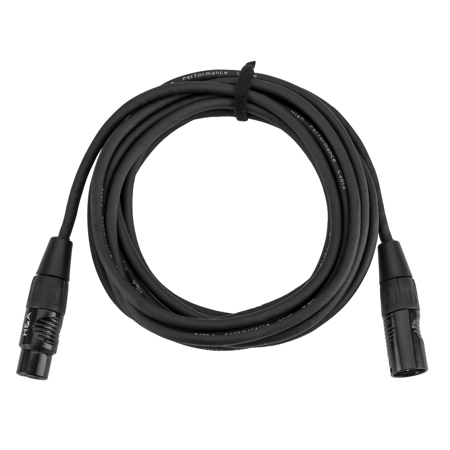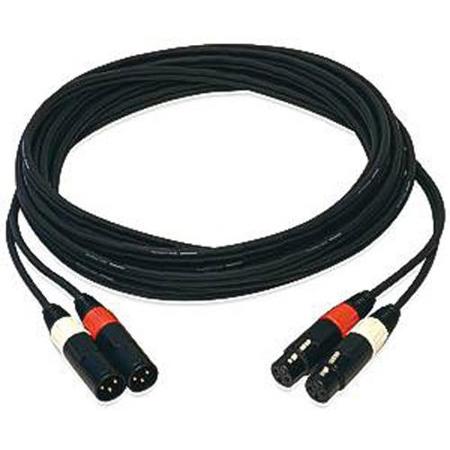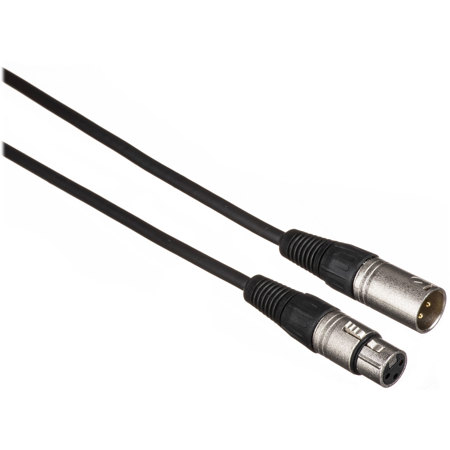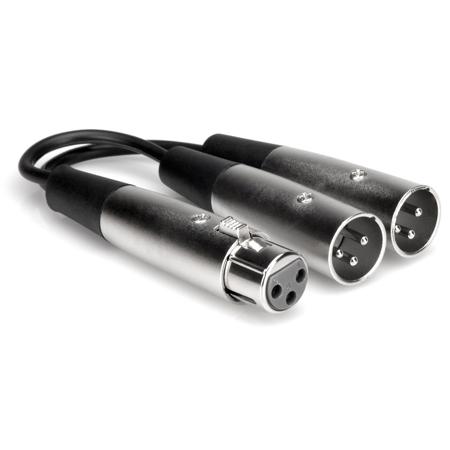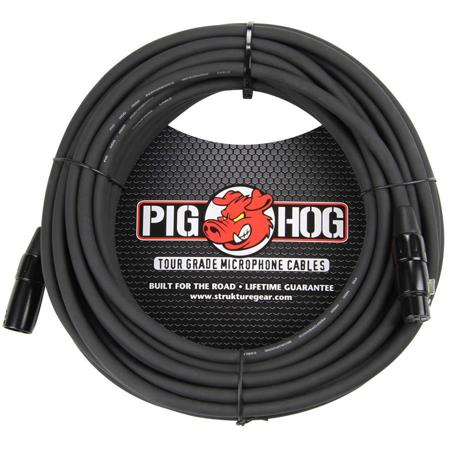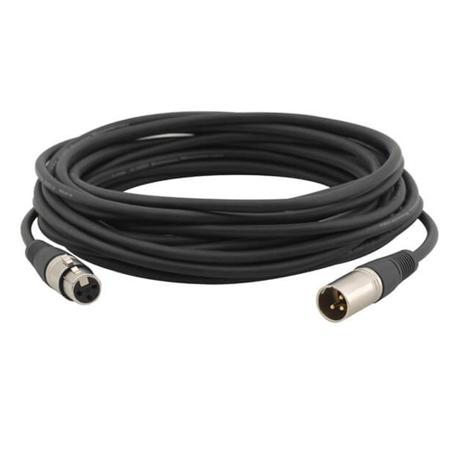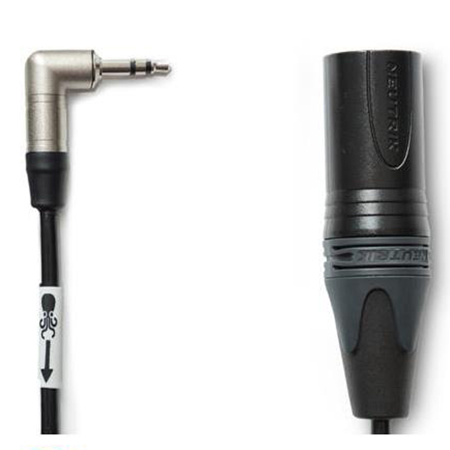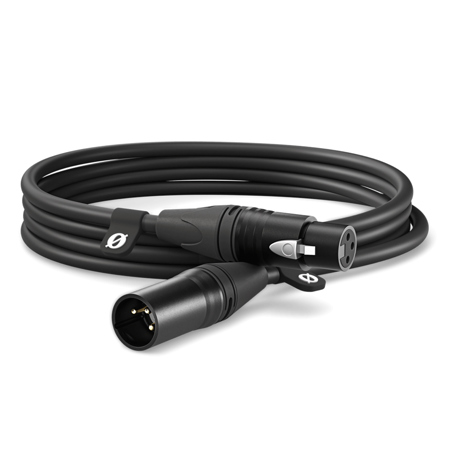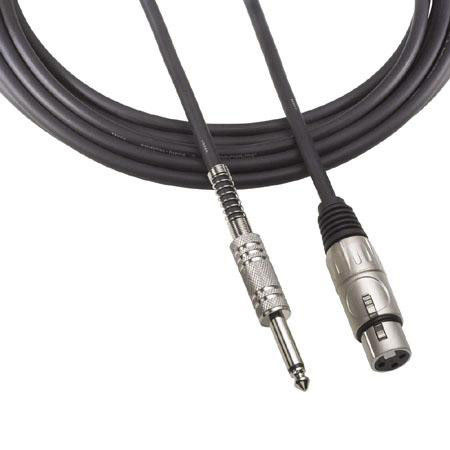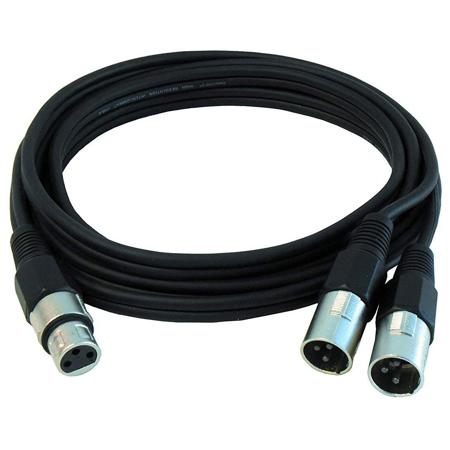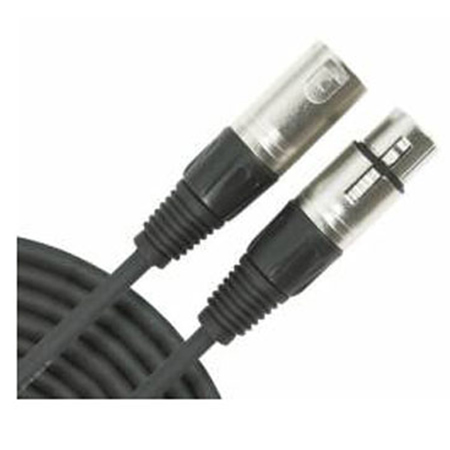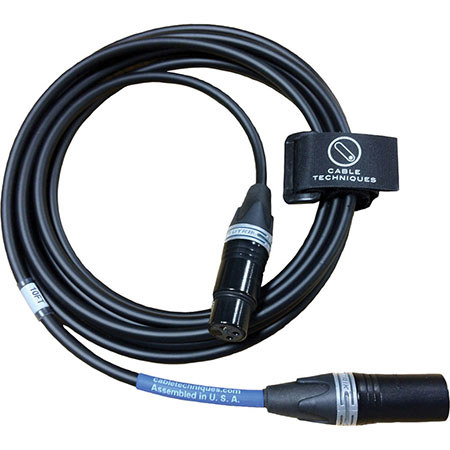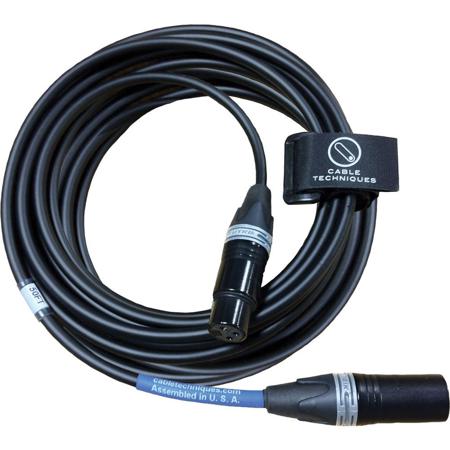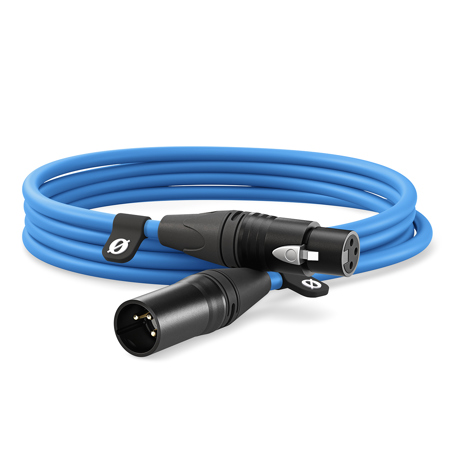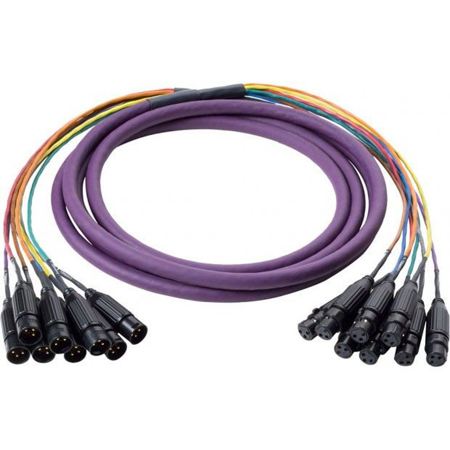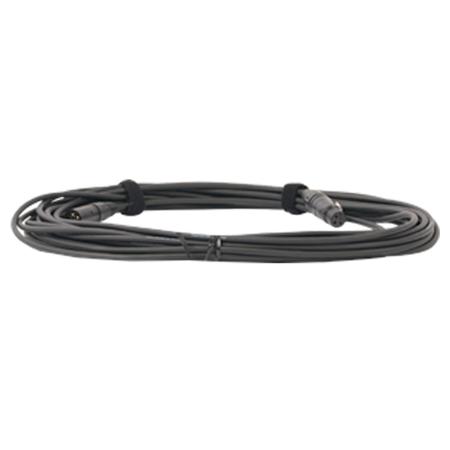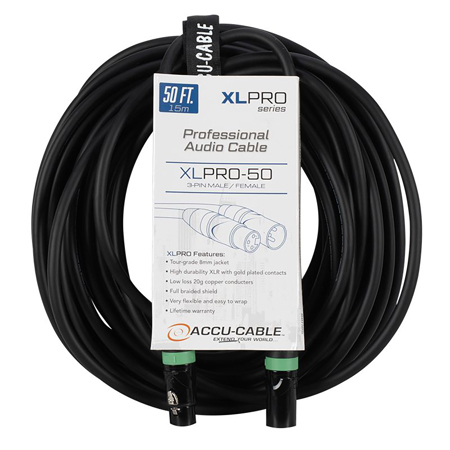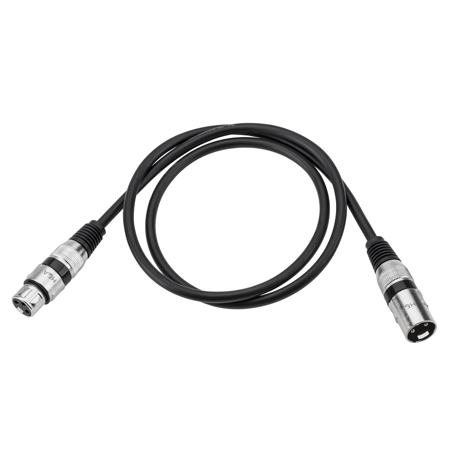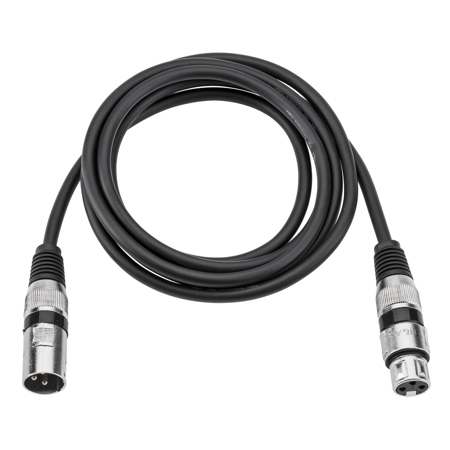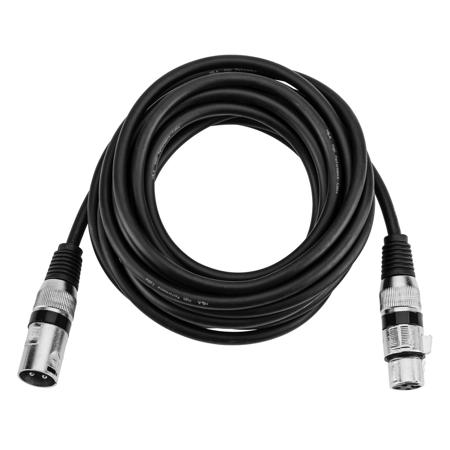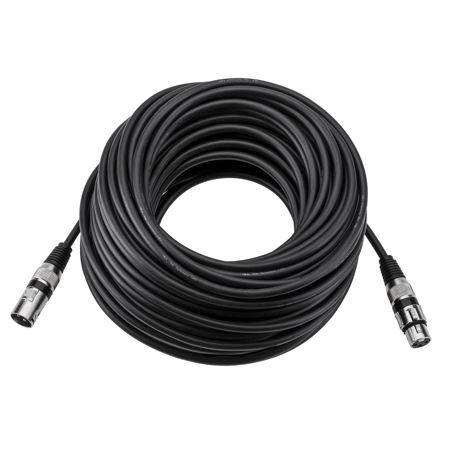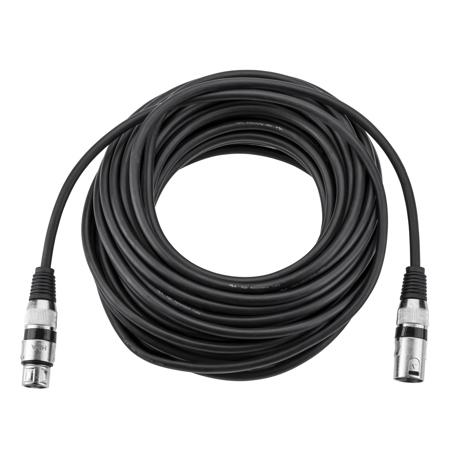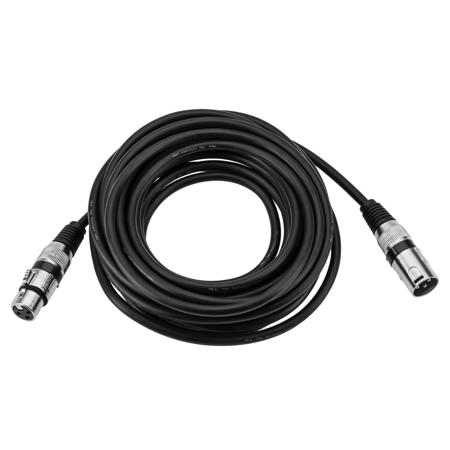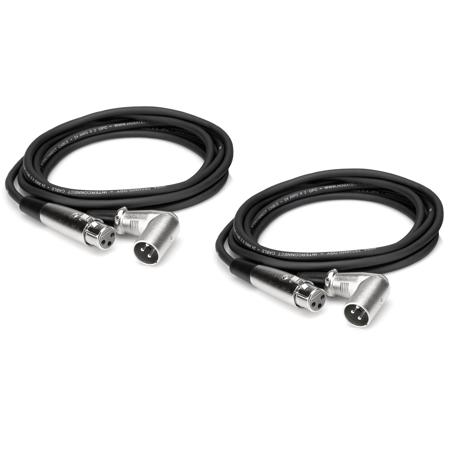XLR Cables for Mixers
As the days grow shorter and the air takes on that crisp September edge, many musicians, audio engineers, and content creators find themselves returning to the studio or rehearsal space, ready to capture the inspiration that often comes with a change in season. At the heart of every reliable audio setup—whether you’re mixing a live band, recording a podcast, or producing your next album—are dependable XLR cables for mixers. These essential cables are the unsung heroes of the audio world, quietly ensuring that every nuance of your performance or production is transmitted with clarity and precision. For seasoned professionals, the right XLR cable is more than just a connector; it’s a critical link in the signal chain that can make the difference between a clean, noise-free mix and one plagued by hums or dropouts. For beginners or hobbyists, choosing the right cable can be the first step toward building a setup that inspires confidence and creativity, whether you’re plugging into a compact home mixer or wiring up a more complex stage rig.
When selecting XLR cables for mixers, there are several factors to keep in mind, each contributing to the overall quality of your sound and the longevity of your gear. Cable length is a practical consideration—too short, and you’re left with a tangle of awkward setups; too long, and you risk unnecessary signal loss or clutter. Durability matters, especially for those who gig regularly or need to pack up and move equipment from venue to venue. Look for cables with robust connectors and reliable strain relief, which can withstand the repeated plugging and unplugging that comes with live performance or frequent studio sessions. Shielding is another key element, as it protects your audio signal from electromagnetic interference, ensuring that what you hear in your headphones or monitors is a true representation of your source. For those who are particular about maintaining pristine audio quality—like a jazz pianist capturing the subtle dynamics of a grand piano, or a sound engineer mixing a choir performance—investing in well-constructed, properly shielded XLR cables is a must. Even as a thoughtful gift, XLR cables are a practical and appreciated choice for anyone passionate about sound, from aspiring podcasters to experienced live sound techs. They’re especially timely as fall brings new recording projects, open mic nights, and the start of another busy season for schools, houses of worship, and community theaters.
Whether you’re building a portable rig for on-location interviews, upgrading your home studio, or preparing for a series of autumn performances, the right XLR cables for mixers can streamline your workflow and elevate your results. Consider your environment: a bustling stage with multiple musicians and instruments demands cables that are color-coded or clearly labeled for quick identification, while a permanent studio installation might benefit from low-profile, flexible cables that can be neatly routed behind racks and consoles. It’s also worth exploring specialized options if you have unique needs, such as cables with locking connectors for added security or extra-flexible jackets for tight spaces. For those interested in expanding their knowledge or setting up a professional-grade recording space, you’ll find even more specialized options and insights by visiting our dedicated XLR Cables For Recording Studios page. Regardless of your experience level, investing in quality XLR cables is a simple yet significant way to ensure that your creative vision is heard, whether you’re capturing the subtle resonance of a cello in a quiet room or mixing the energetic sound of a rock band under the stage lights. As you settle into the rhythm of the new season, having the right cables on hand means you can focus on what matters most: making great sound.
When selecting XLR cables for mixers, there are several factors to keep in mind, each contributing to the overall quality of your sound and the longevity of your gear. Cable length is a practical consideration—too short, and you’re left with a tangle of awkward setups; too long, and you risk unnecessary signal loss or clutter. Durability matters, especially for those who gig regularly or need to pack up and move equipment from venue to venue. Look for cables with robust connectors and reliable strain relief, which can withstand the repeated plugging and unplugging that comes with live performance or frequent studio sessions. Shielding is another key element, as it protects your audio signal from electromagnetic interference, ensuring that what you hear in your headphones or monitors is a true representation of your source. For those who are particular about maintaining pristine audio quality—like a jazz pianist capturing the subtle dynamics of a grand piano, or a sound engineer mixing a choir performance—investing in well-constructed, properly shielded XLR cables is a must. Even as a thoughtful gift, XLR cables are a practical and appreciated choice for anyone passionate about sound, from aspiring podcasters to experienced live sound techs. They’re especially timely as fall brings new recording projects, open mic nights, and the start of another busy season for schools, houses of worship, and community theaters.
Whether you’re building a portable rig for on-location interviews, upgrading your home studio, or preparing for a series of autumn performances, the right XLR cables for mixers can streamline your workflow and elevate your results. Consider your environment: a bustling stage with multiple musicians and instruments demands cables that are color-coded or clearly labeled for quick identification, while a permanent studio installation might benefit from low-profile, flexible cables that can be neatly routed behind racks and consoles. It’s also worth exploring specialized options if you have unique needs, such as cables with locking connectors for added security or extra-flexible jackets for tight spaces. For those interested in expanding their knowledge or setting up a professional-grade recording space, you’ll find even more specialized options and insights by visiting our dedicated XLR Cables For Recording Studios page. Regardless of your experience level, investing in quality XLR cables is a simple yet significant way to ensure that your creative vision is heard, whether you’re capturing the subtle resonance of a cello in a quiet room or mixing the energetic sound of a rock band under the stage lights. As you settle into the rhythm of the new season, having the right cables on hand means you can focus on what matters most: making great sound.
